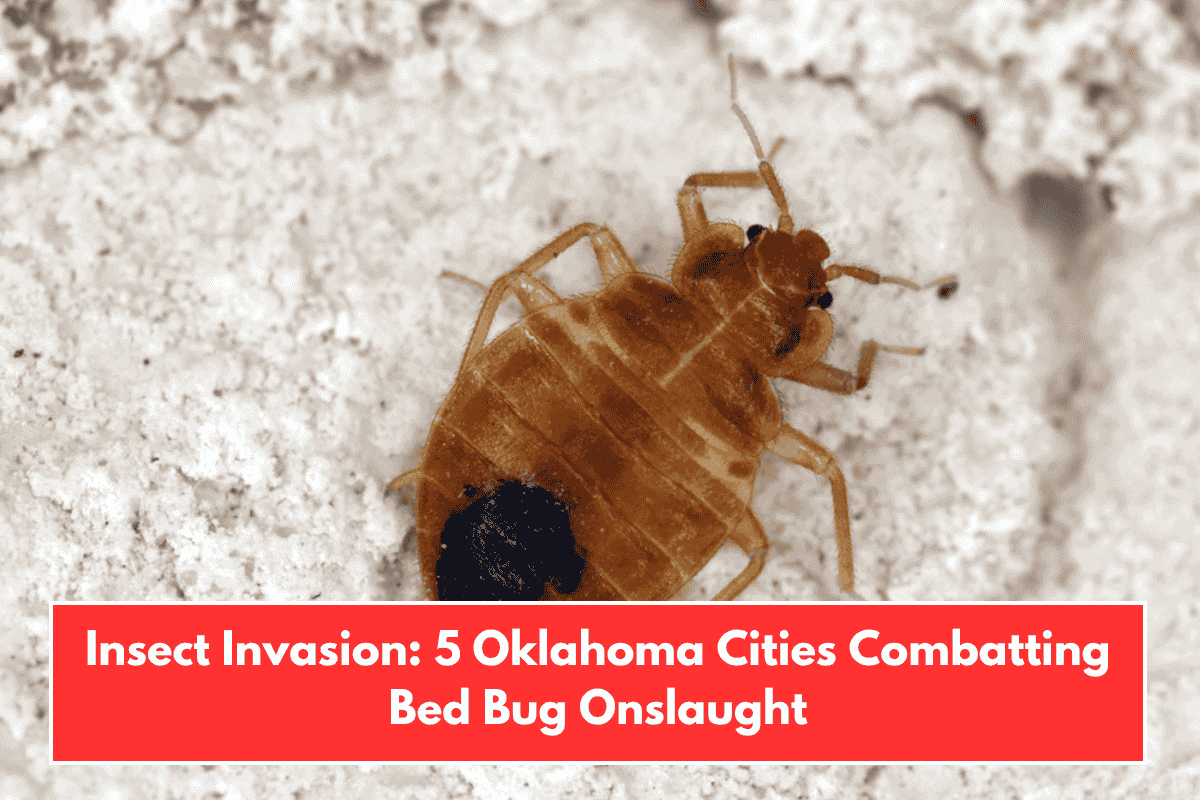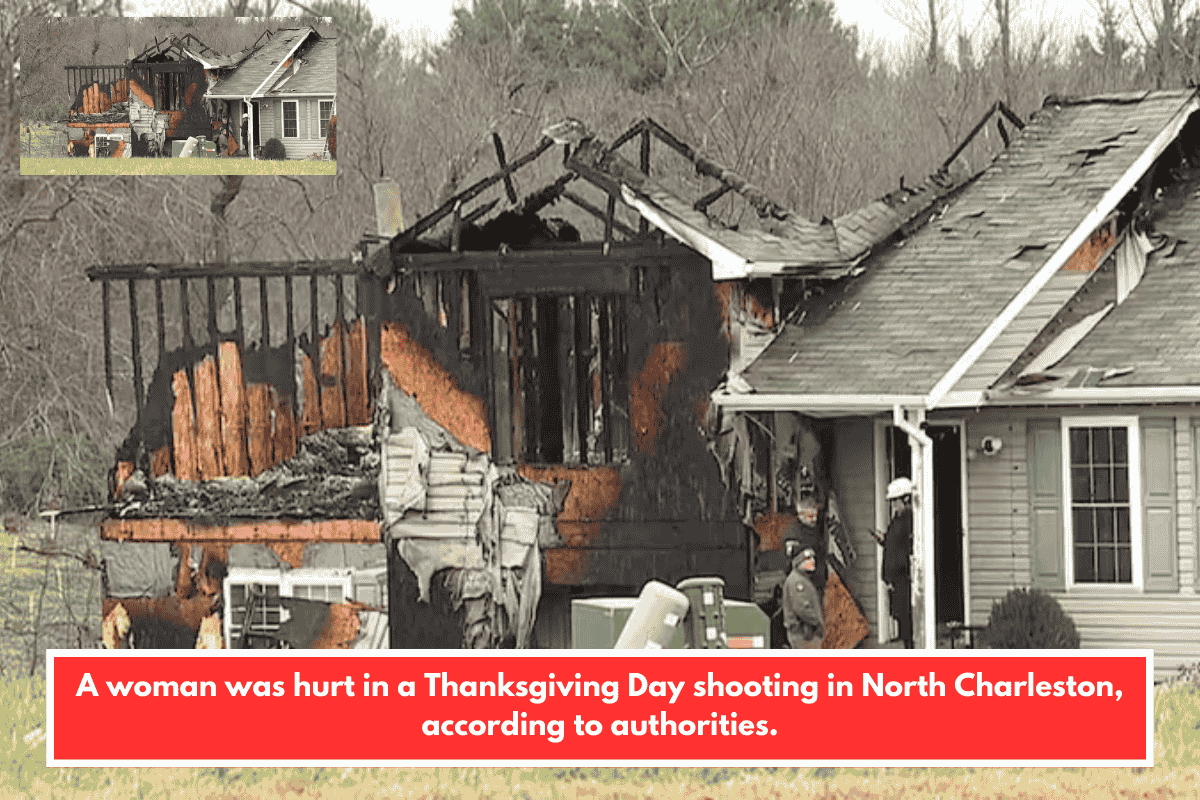Oklahoma is grappling with a persistent bed bug problem, with several cities ranking among the most affected in the nation. Bed bugs, notorious for their resilience and ability to spread rapidly, have become a significant concern for residents, businesses, and institutions across the state.
1. Oklahoma City
Oklahoma City stands out as the epicenter of the state’s bed bug crisis. According to national surveys and pest control data, Oklahoma City was ranked the ninth worst city for bed bugs in the United States in 2023 and remains among the top 20 most infested cities in 2024. The city’s dense population and frequent travel activity contribute to the ongoing challenge. Local pest control companies report a steady demand for professional bed bug removal, utilizing both chemical and heat treatments to address infestations. The problem extends to public institutions, with recent reports of bed bugs impacting dormitories at the University of Oklahoma in Norman, highlighting the need for vigilant prevention and rapid response.
2. Tulsa
Tulsa also appears on national lists of bed bug-infested cities, reflecting a widespread issue in both residential and commercial properties. Like Oklahoma City, Tulsa’s hotels, apartments, and public spaces are frequent battlegrounds in the fight against these pests. Local pest control services are actively engaged in education, early detection, and comprehensive treatment programs.
3. Norman
Norman has come under the spotlight due to bed bug outbreaks in university housing and student dormitories. Students at the University of Oklahoma have reported ongoing infestations, prompting parental concern and calls for more robust preventive measures and professional intervention. The situation in Norman underscores how bed bugs can quickly disrupt communal living environments.
4. Fort Smith
Fort Smith, part of the Fort Smith-Fayetteville-Springfield-Rogers metro area, is also listed among the top 50 U.S. cities for bed bug infestations. The city faces challenges in both residential neighborhoods and hospitality sectors, with pest management companies emphasizing the importance of early detection and community awareness.
5. Shreveport
Shreveport, although straddling the Oklahoma border, is included in national rankings of bed bug prevalence and shares similar challenges with its Oklahoma counterparts. The city’s proximity to major travel routes and its mix of urban and rural areas make it susceptible to recurring infestations.
How These Cities Are Responding
- Professional Pest Control: Cities like Oklahoma City and Tulsa rely on professional exterminators who use a combination of chemical and heat treatments to eradicate bed bugs, often requiring multiple visits and follow-up inspections.
- Community Education: Local extension offices and public health departments provide resources on identifying bed bug signs, preventing spread, and responding quickly to infestations.
- Institutional Action: Schools, universities, and property managers are urged to conduct regular inspections and implement preventive protocols, especially in high-density living environments.
- Public Awareness: Media coverage and public service announcements aim to reduce stigma and encourage prompt reporting and treatment.
Summary Table: Oklahoma Cities Combatting Bed Bugs
| City | Recent Ranking/Status | Key Actions Taken |
|---|---|---|
| Oklahoma City | 9th worst in U.S. (2023), Top 20 (2024) | Aggressive pest control, public education |
| Tulsa | Top 50 U.S. cities for bed bugs | Early detection, professional treatments |
| Norman | University dorm outbreaks reported (2025) | Institutional response, parental advocacy |
| Fort Smith | Top 50 U.S. cities for bed bugs | Community awareness, comprehensive treatment |
| Shreveport | Top 50 U.S. cities for bed bugs | Regional cooperation, prevention campaigns |
Bottom Line:
Oklahoma’s largest cities, led by Oklahoma City and Tulsa, are on the front lines of the bed bug battle, deploying professional pest control, public education, and institutional vigilance to curb the onslaught. Early detection and community cooperation remain critical in overcoming this persistent pest problem.














